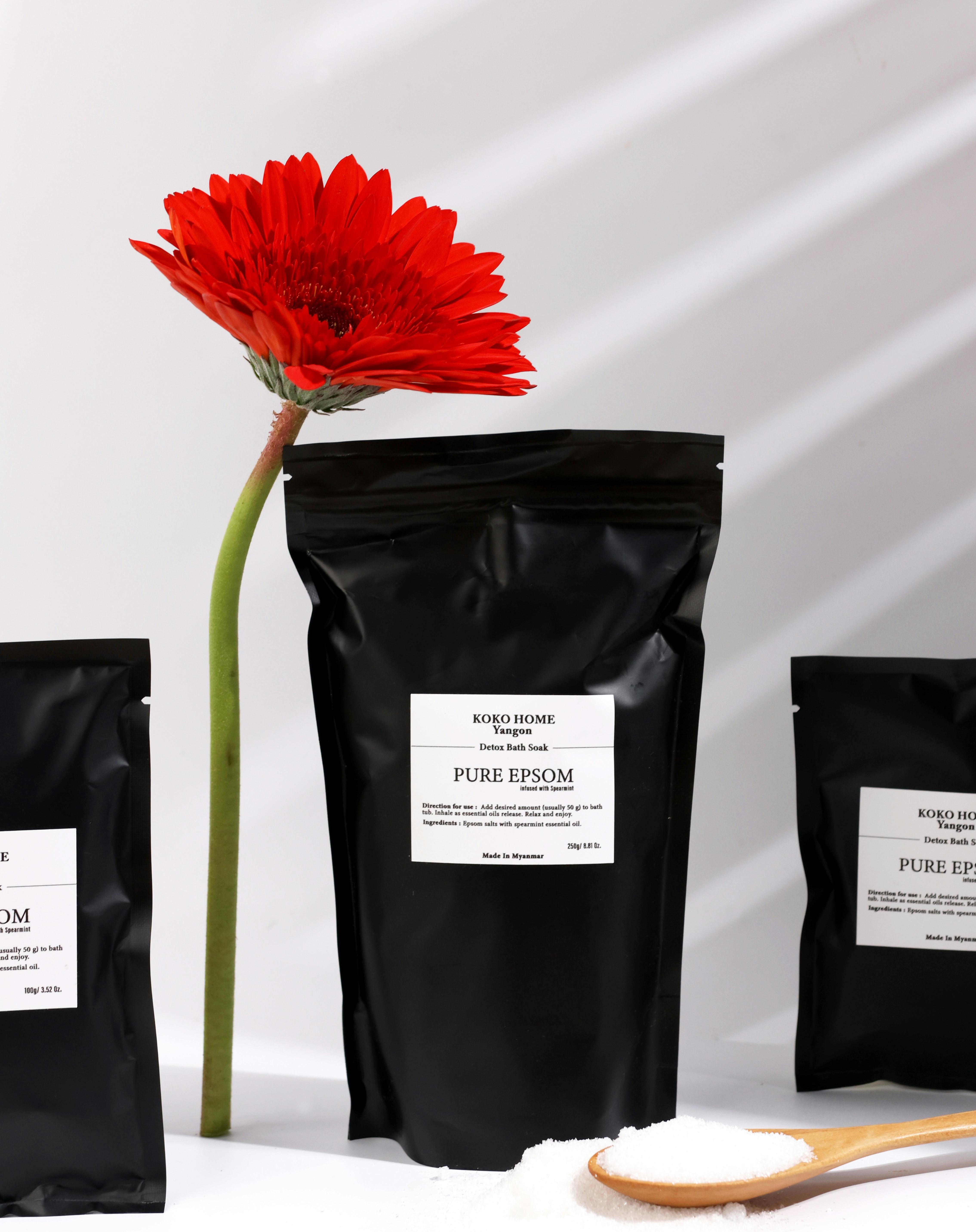Ready to take your recovery routine to the next level? One method that has gained popularity amongst athletes and fitness enthusiasts is the ice bath. But how often should you be subjecting yourself to this chilly experience? In this article, we’ll explore the frequency at which ice baths should be taken to maximize their benefits and avoid any potential drawbacks. So, put on your warmest robe and let’s dive in!

Benefits of Ice Baths
You may be wondering what the hype is all about when it comes to ice baths. Well, let me tell you, there are numerous benefits to taking the plunge into freezing cold water. First and foremost, ice baths are known to reduce inflammation in the body. Whether you’re recovering from a tough workout or dealing with a nagging injury, immersing yourself in ice-cold water can help soothe those inflamed muscles and joints.
In addition to reducing inflammation, ice baths can also aid in improving muscle recovery. After an intense training session, your muscles need time to repair and rebuild. By subjecting your body to the cold temperatures of an ice bath, you’re helping to speed up this recovery process. The cold water helps to constrict blood vessels, reducing swelling and flushing out waste products that can accumulate during exercise.
Another advantage of ice baths is their ability to increase circulation. When you expose your body to cold temperatures, your blood vessels constrict and then dilate, causing a rush of blood to flow throughout your body. This increased blood flow can help deliver oxygen and nutrients to your muscles, enhancing their recovery and performance.
Potential Risks of Ice Baths
While ice baths have their fair share of benefits, it’s important to also consider the potential risks involved. One of these risks is delayed muscle adaptation. This occurs when your body becomes reliant on the cold temperatures of an ice bath to recover, rather than naturally adapting to the stresses of exercise. This can hinder your long-term progress and limit your muscle’s ability to adapt and grow stronger.
Another risk to be aware of is skin numbness. Submerging yourself in ice-cold water for extended periods of time can cause your skin to become numb. This can make it difficult to gauge the temperature and may increase the risk of frostbite or other cold-related injuries.
Lastly, there is an increased risk of injury when using ice baths. The sudden change in temperature can cause your muscles to tighten up, making them more prone to strains and tears. It’s crucial to use caution when entering and exiting an ice bath to avoid any accidents or falls.

This image is property of images.pexels.com.
Frequency of Ice Baths for Athletes
Now that you’re aware of the benefits and risks of ice baths, you may be wondering how often you should be incorporating them into your routine. The frequency of ice baths largely depends on your specific needs and goals as an athlete.
For post-competition recovery, ice baths can be highly beneficial. After pushing your body to its limits in a competition, an ice bath can help reduce inflammation and promote muscle recovery. It is recommended to take an ice bath within 30 minutes to an hour after finishing your event to maximize its benefits.
During intense training periods, incorporating ice baths into your routine can also be beneficial. These periods of increased training can place a significant amount of stress on your muscles, and ice baths can help alleviate this stress and aid in faster recovery.
For athletes recovering from injuries, ice baths can be a valuable tool in the rehabilitation process. They can help reduce inflammation and pain, allowing you to get back to your training or competition schedule sooner.
Alternatives to Ice Baths
If the idea of submerging yourself in ice-cold water doesn’t appeal to you, don’t worry, there are alternatives that offer similar benefits. One popular alternative is contrast therapy, which involves alternating between hot and cold water. The contrast in temperatures helps to enhance circulation and reduce inflammation.
Cold showers are another viable alternative. While not as intense as an ice bath, cold showers can still provide many of the same benefits, such as reducing inflammation and improving circulation. Additionally, cold showers can be more convenient and easier to incorporate into your daily routine.
Compression therapy is another alternative that can provide similar benefits to ice baths. Compression garments apply pressure to your limbs, helping to reduce swelling and improve circulation. This can be particularly useful for athletes dealing with muscle soreness or joint pain.

Factors to Consider
Before diving headfirst (literally) into ice baths or their alternatives, there are a few key factors to consider. Firstly, individual tolerance plays a significant role. Some athletes may tolerate the cold temperatures of an ice bath better than others. It’s important to pay attention to your comfort level and adjust accordingly.
Training goals should also be taken into account. If your primary goal is to build muscle, frequent ice baths may hinder your progress by hampering muscle adaptation. On the other hand, if you’re focused on endurance training or injury recovery, ice baths can be valuable tools.
Environmental factors, such as the temperature of the water and the ambient temperature, should also be considered. It’s important to ensure the water temperature is appropriate and safe for use. Additionally, if you’re training in a hot climate, ice baths may provide a refreshing and cooling effect.
Expert Recommendations
To gain a deeper understanding of the benefits and risks of ice baths, it’s always wise to consult with experts in the field. Sports medicine specialists are well-versed in the science behind ice baths and can provide valuable insights tailored to your specific needs. Physical therapists, who specialize in rehabilitation and injury prevention, can offer guidance on incorporating ice baths into your recovery plan. Lastly, seeking advice from professional athletes who have firsthand experience with ice baths can be beneficial, as they can offer practical tips and advice.

How to Perform an Ice Bath
If you’ve decided to give ice baths a try, here are some tips on how to perform one effectively. Start by preparing the ice bath by filling a tub or container with cold water and adding ice until the desired temperature is reached. It’s important to gradually decrease the water temperature to prevent any shocks to your system.
Before entering the ice bath, it’s a good idea to warm up your body with light exercise or stretching. This helps to increase blood flow and prepare your muscles for the cold temperatures. When entering the ice bath, slowly lower yourself into the water, ensuring that your entire body is submerged.
The duration of an ice bath can vary depending on personal preference and tolerance. However, it’s generally recommended to stay in the ice bath for 10-20 minutes. During this time, you can practice deep breathing or perform gentle movements to help stimulate blood flow.
Tips for Maximizing Ice Bath Benefits
To get the most out of your ice bath experience, here are some tips to consider. Gradually decrease the water temperature to give your body time to adjust and prevent any sudden shocks. It’s also important to stay hydrated before, during, and after the ice bath to replenish fluids lost during the cooling process.
After completing your ice bath, it’s beneficial to perform light exercise or stretching. This helps to further increase blood flow and prevent any stiffness or muscle tightness that may occur as a result of the cold temperatures.

Common Misconceptions about Ice Baths
There are a few common misconceptions surrounding ice baths that are important to debunk. Firstly, ice baths should not be used as a substitute for proper rest and recovery. While they can aid in muscle recovery, they should be used in conjunction with other recovery methods, such as rest, proper nutrition, and gentle stretching.
Secondly, it’s not necessary to subject yourself to extreme cold for longer durations in order to experience the benefits of an ice bath. The recommended duration of 10-20 minutes is sufficient to gain the advantages without risking any potential negative effects.
Lastly, it’s important to note that not every athlete requires ice baths. The frequency and intensity of ice bath usage should be tailored to each individual’s needs, training goals, and tolerance levels.
Conclusion
Overall, ice baths can be a valuable addition to an athlete’s recovery and performance-enhancing routine. They offer benefits such as reduced inflammation, improved muscle recovery, and increased circulation. However, it’s important to consider the potential risks, including delayed muscle adaptation, skin numbness, and an increased risk of injury.
Determining the frequency and duration of ice baths should be based on individual needs, training goals, and expert recommendations. If the idea of an ice bath doesn’t appeal to you, there are alternatives such as contrast therapy, cold showers, and compression therapy that can offer similar benefits.
Incorporating ice baths or their alternatives into your routine can provide a refreshing and effective way to recover from intense training sessions or competitions. Consult with experts, listen to your body, and make informed decisions to optimize the benefits and minimize any risks associated with ice baths.
